I allowed myself the title of professional photographer in 1978, and I’m still standing, shooting jobs, camera to my eye, doing education, thinking on it, talking about it, and, once again, writing about it. The Real Deal: Field Notes from the Life of a Working Photographer, is done, and out and published.
In the frontispiece, I wrote, “I imagined a life. And then I took pictures of it.”

That’s pretty much it, at its most simple. I grew up steeped in stories, legends, and the lore and lure of the faraway. Which might be a tad odd, given the fact that I was a middle class kid of no particular description or distinction. Went to five different grammar schools, got schooled and slapped around by five different orders of nuns, and headed to high school, where the Irish Christian Brothers continued those tasks, with vigor. Nothing at all remarkable occurred, save in my imagination, which sought the refuge of books, many of which contained pictures.
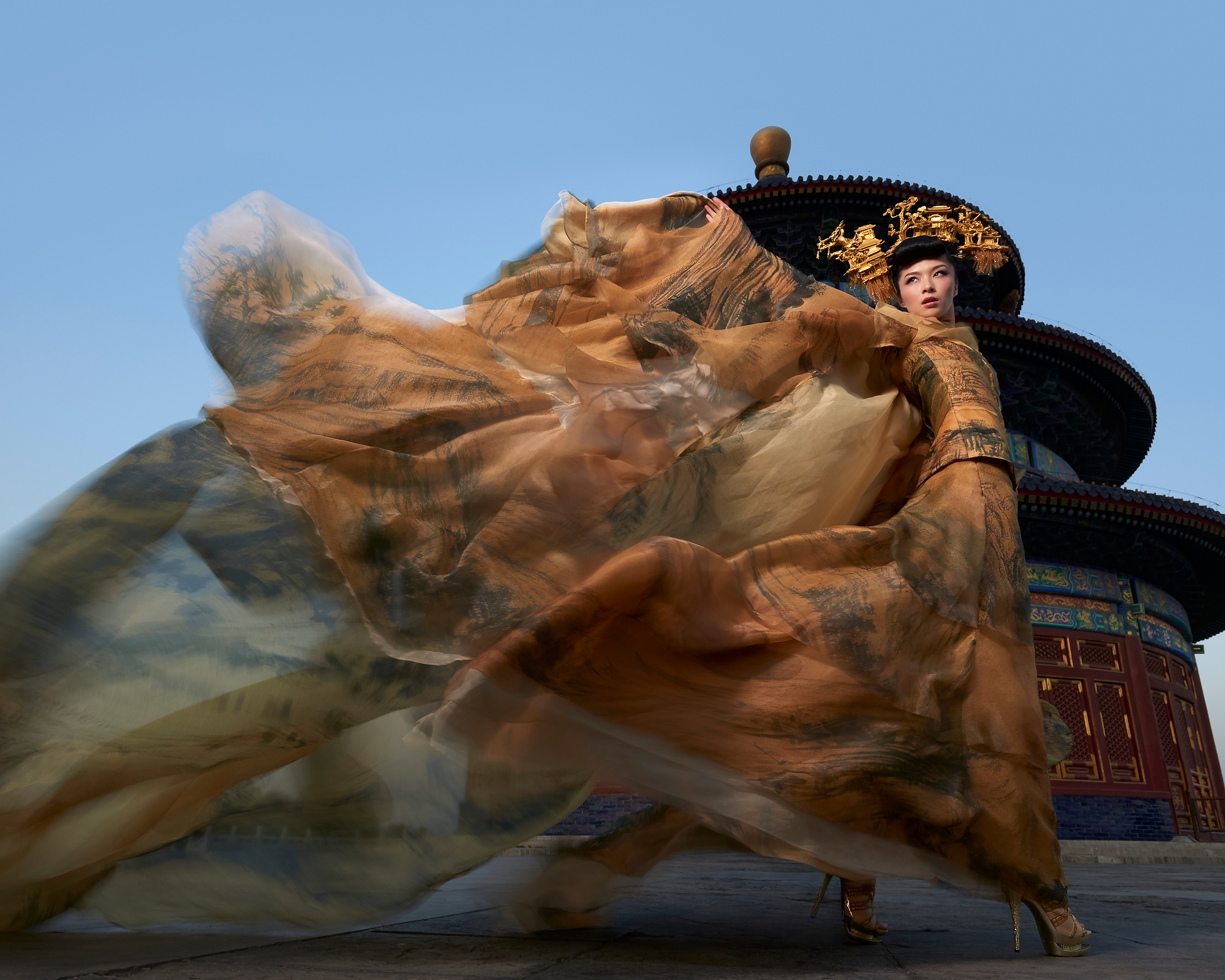
I’ve been asked what the book is really about. Is it a how-to? Is it about small flash, and where to put the light? A camera instructional?
No.
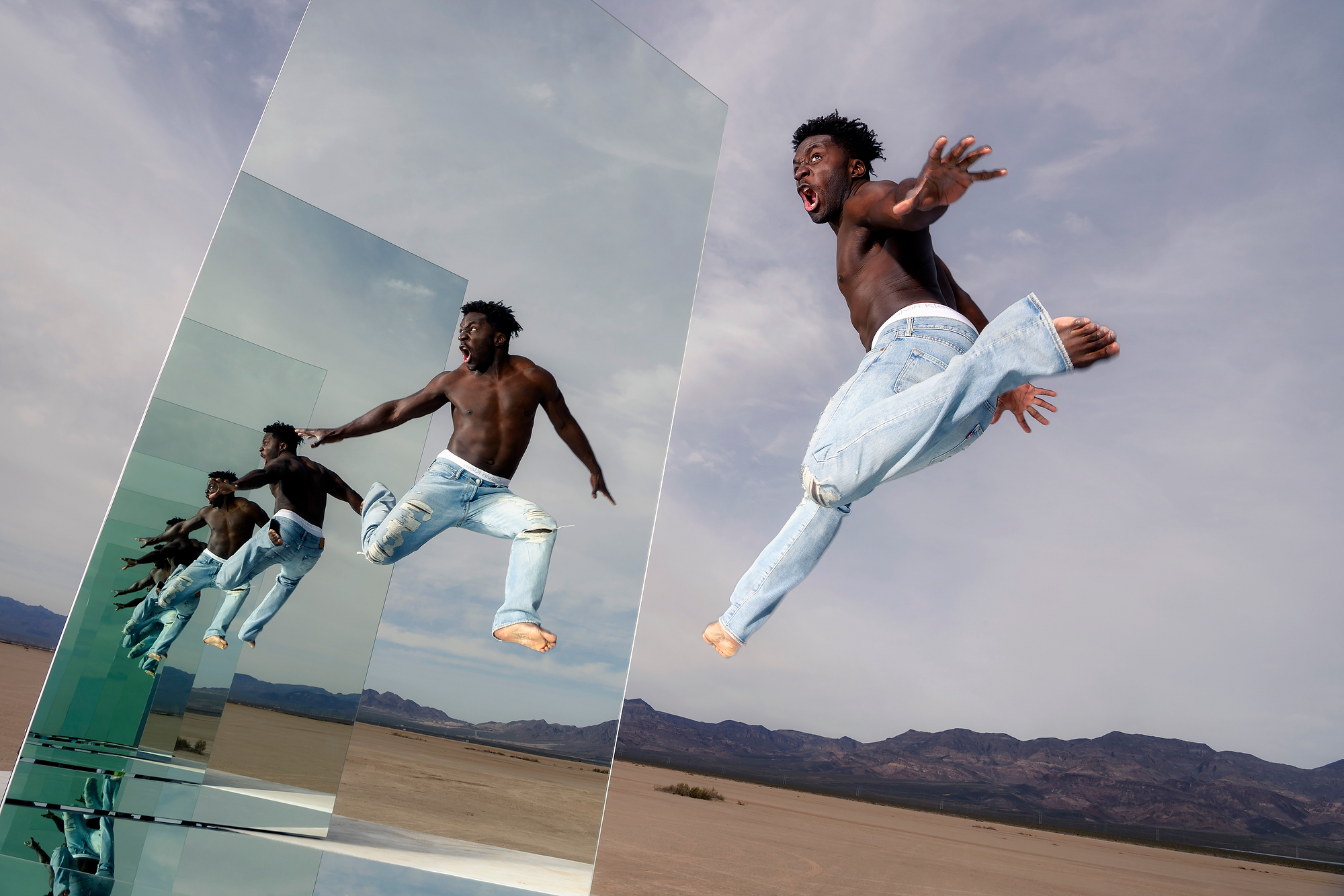
There’s instruction aplenty, couched anecdotally, in the stories of pictures, and what happens out there in that vague, multi-hued place called “location work.” It’s not a straight line super highway for how to pose someone, or how to get good at post-production. It’s much more of a country road, a meander, if you will, through the life of a working photog, an honest account, in often quite unflinching fashion, discussing the rewards, failures, successes, hype, mystery, wonder, bullshit, and bravado of it all. I hark back to the beginnings of a long journey. The pictures along the way, collected like intriguing pebbles on a lengthy beach walk, span Kodachrome to pixels, and the cameras from the Nikon F to Z.
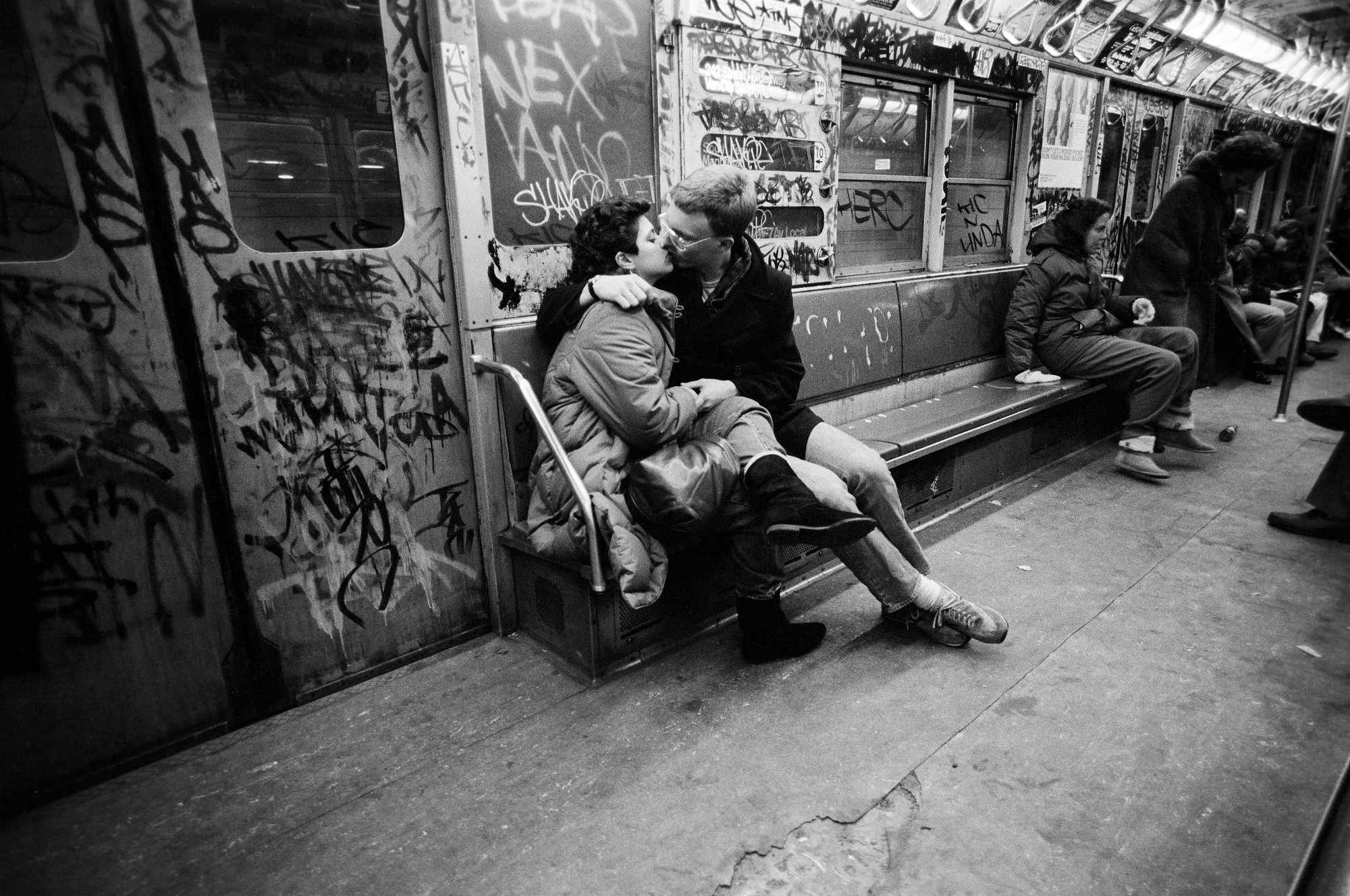
And it continues. At this point in my life, I see the world through a rectangle, idly making air pictures in my head of virtually anything I see around me. The work of a photographer is intensely personal, and overtly public at the same time. The need to see, to tell stories, is an emotionally based yearning, and, like tree roots seeking the solid purchase of the ground, it winds its way thoroughly around your head and your heart, gripping every tighter. People have asked me over time if I do “personal work.” My reply is steady….it’s all personal.
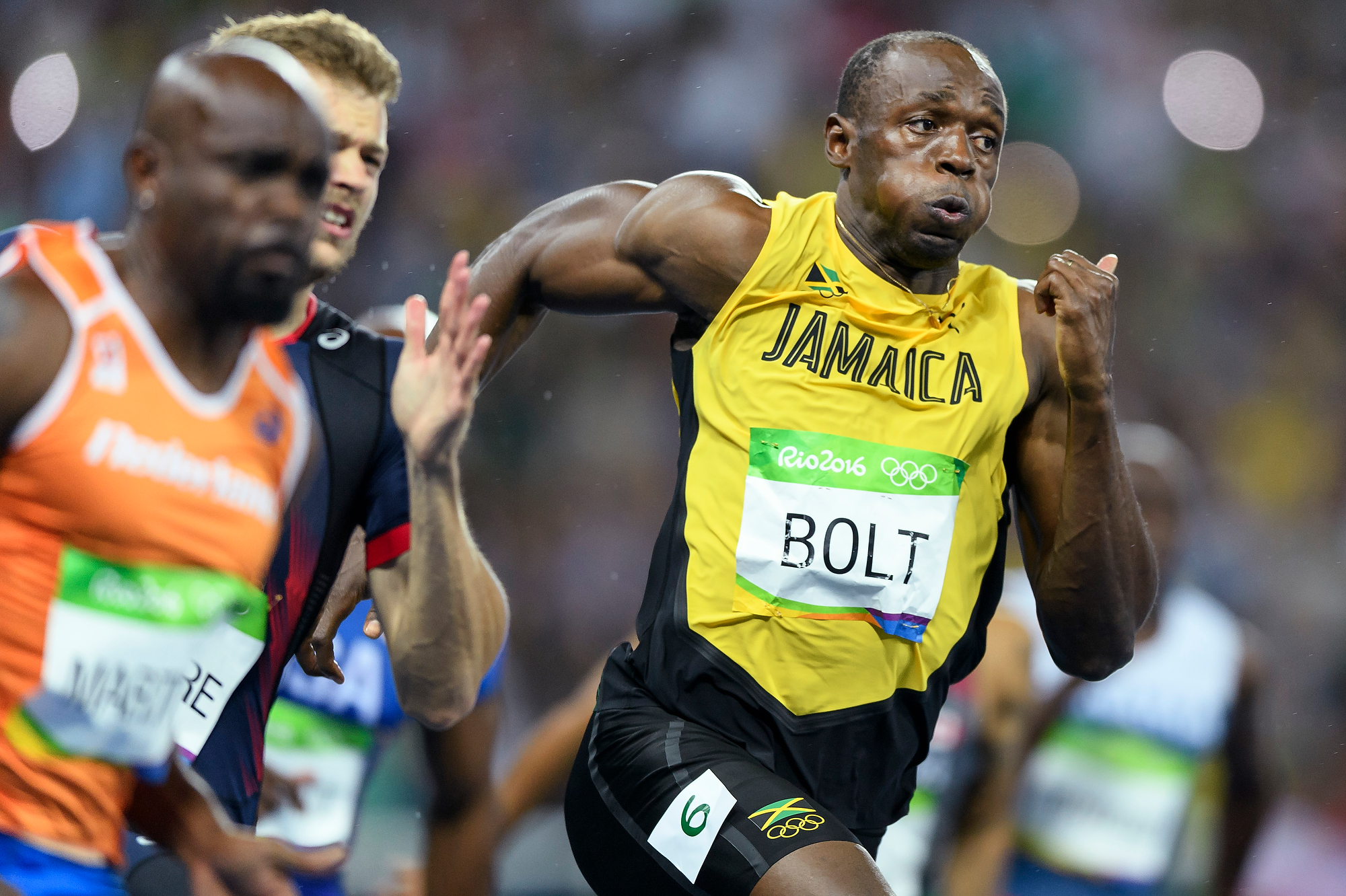
And that’s what this book is. Intensely, deeply personal, not only in the stories, advice, wisdom (hopefully) and instruction offered, but also in the relationships gained via the act of putting your camera to your eye, which to someone untutored in the emotional magic of all this might seem to be a completely mechanical transaction involving the measuring of light and the focusing of a lens. Smile!
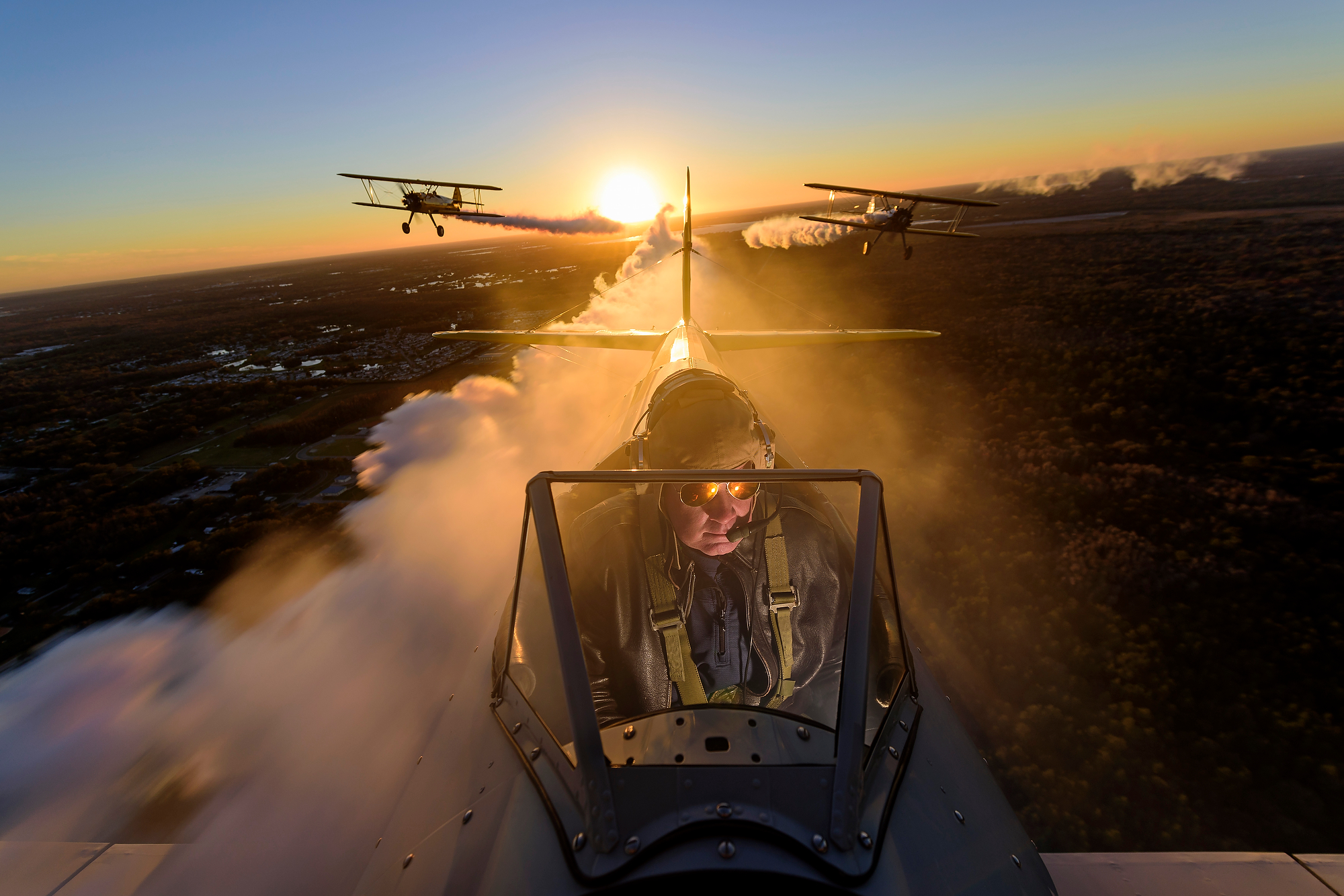
I always counsel that the camera is not a camera, it’s a visa, enabling the carrier thereof to transit borders, both geopolitical and personal. I talk about the simple, resonant fact that many, many people who have come before my lens have become dear friends. One such person is Mary Karr, a formidable and acclaimed memoirist, who penned a powerful, seminal recollection of her childhood, called The Liar’s Club. Observant, funny, whip smart, and excellent company, I was sent to photograph Mary when I was a staff photog at LIFE. Our meet resulted in first, a picture she has described to me as the favorite shot of her ever done, and thence a friendship to this day. She helped guide me when I started the book, and I’m forever grateful.
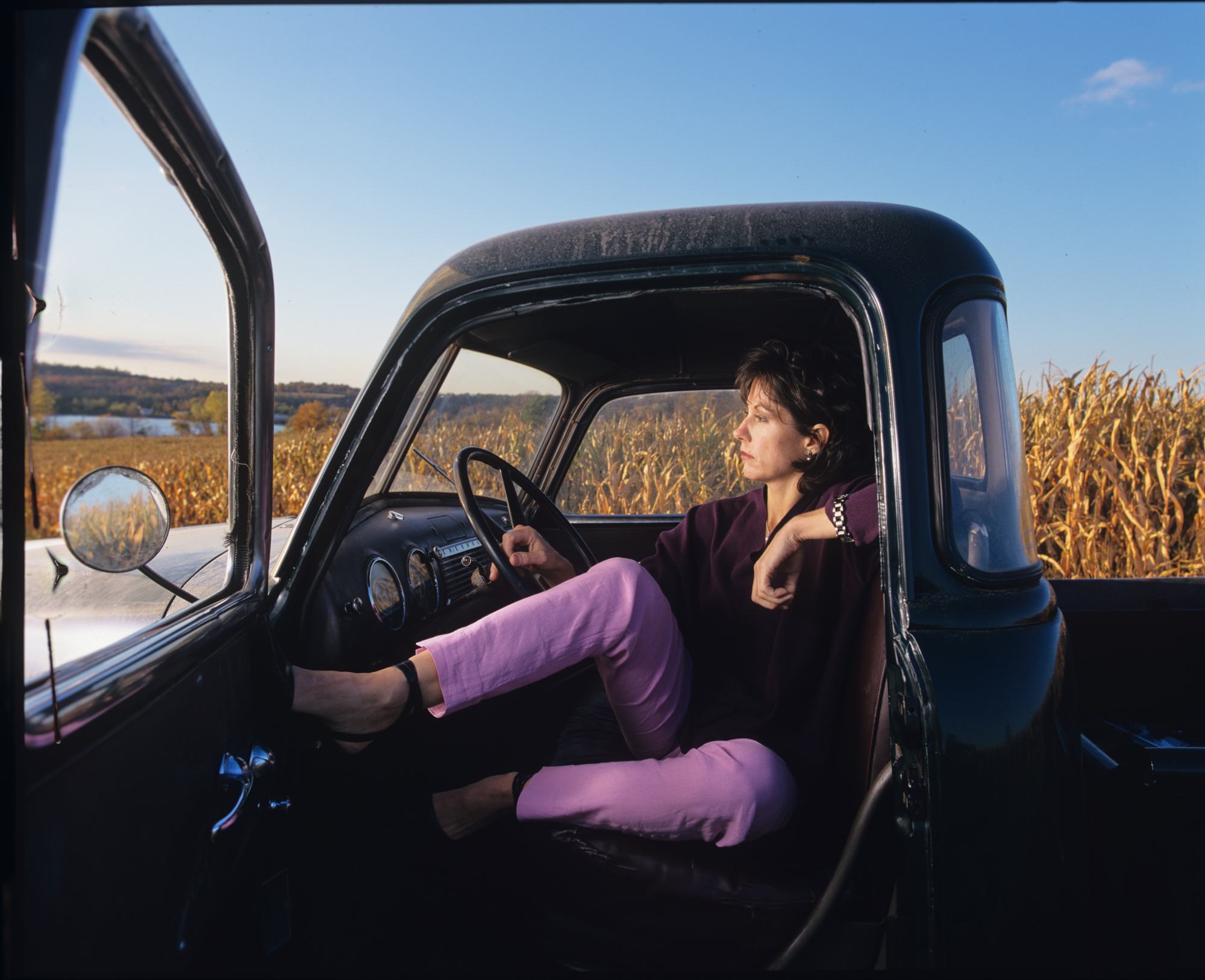
And! She likes it. She did me the honor of posting on Twitter.
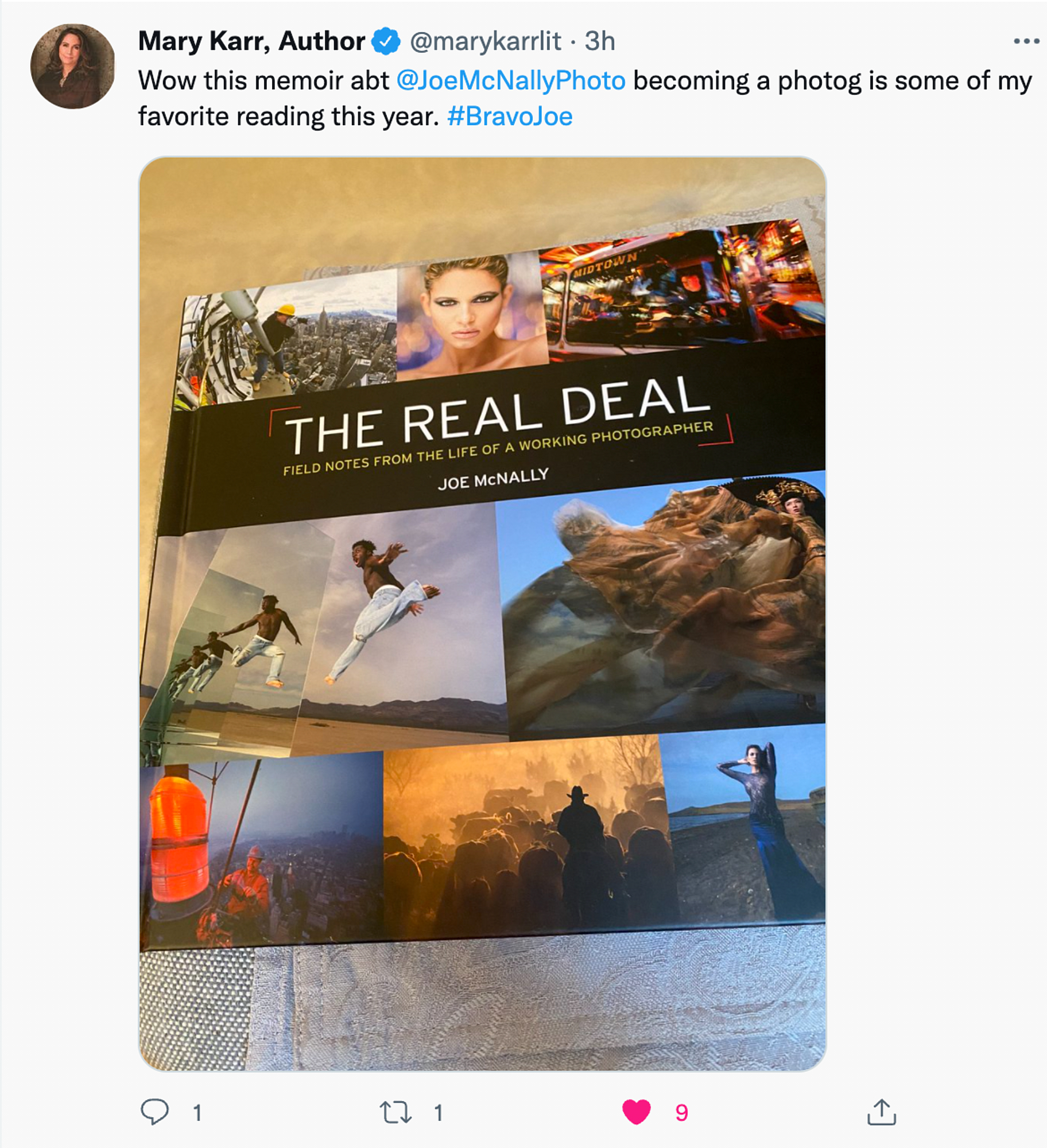
And then there’s my friend and editor Ted Waitt, and Rocky Nook, my ever patient publisher. I penned the contract some years back, and I think there was a clause in there that said, “Dude, whenever.” The pandemic became the window. Ted and I are extraordinarily attuned in terms of both bent humor and reverence for the story. He allowed me the leeway to just write, even though the stories I was producing had no linear nature or logic. I basically presented to Ted a jigsaw puzzle of words and pictures. He found the path to a coherent book.

Which seems to be going well in different categories, https://rockynook.com/shop/photography/the-real-deal/, so far.
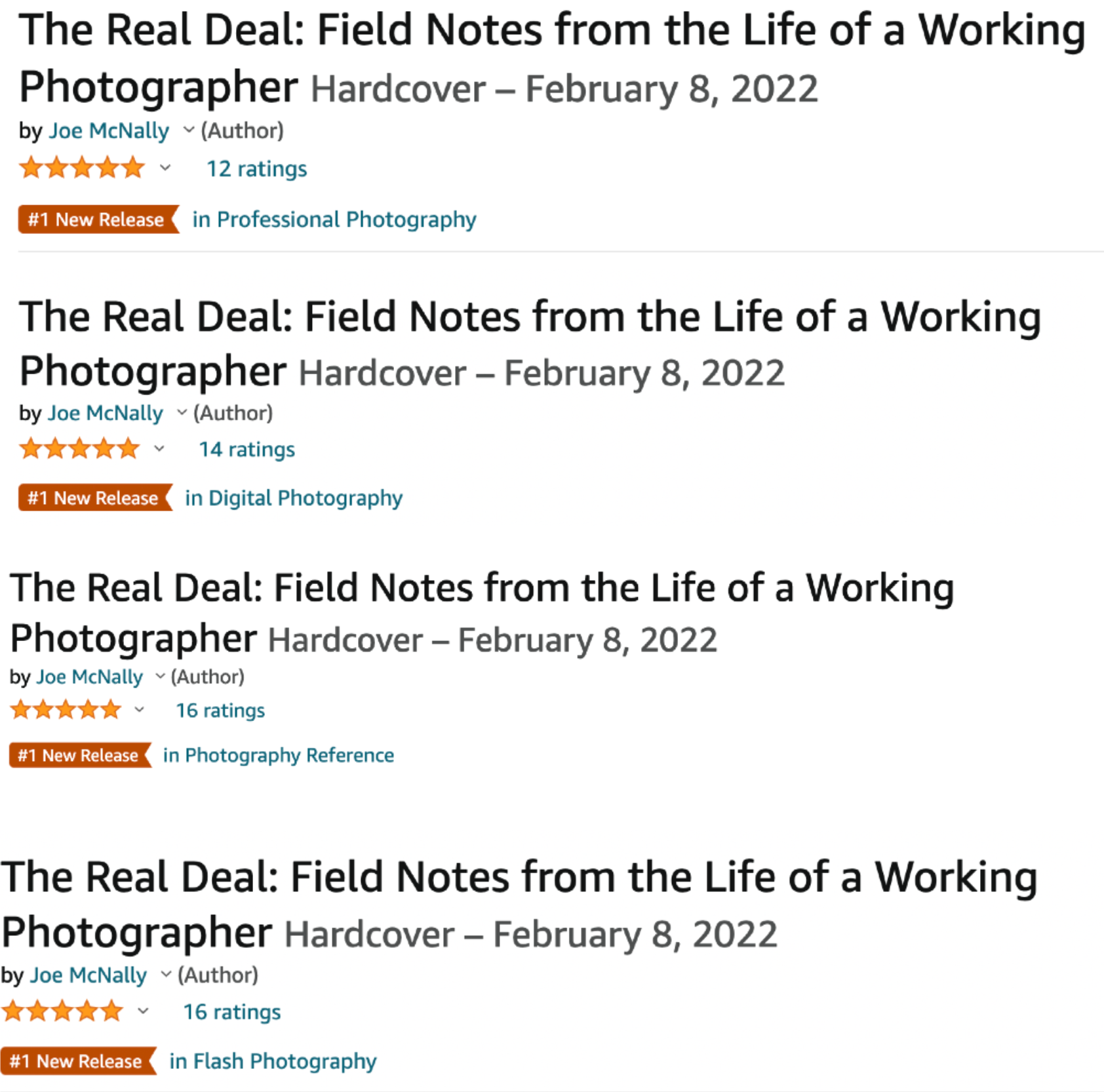
I signed off the book as I will sign off here.
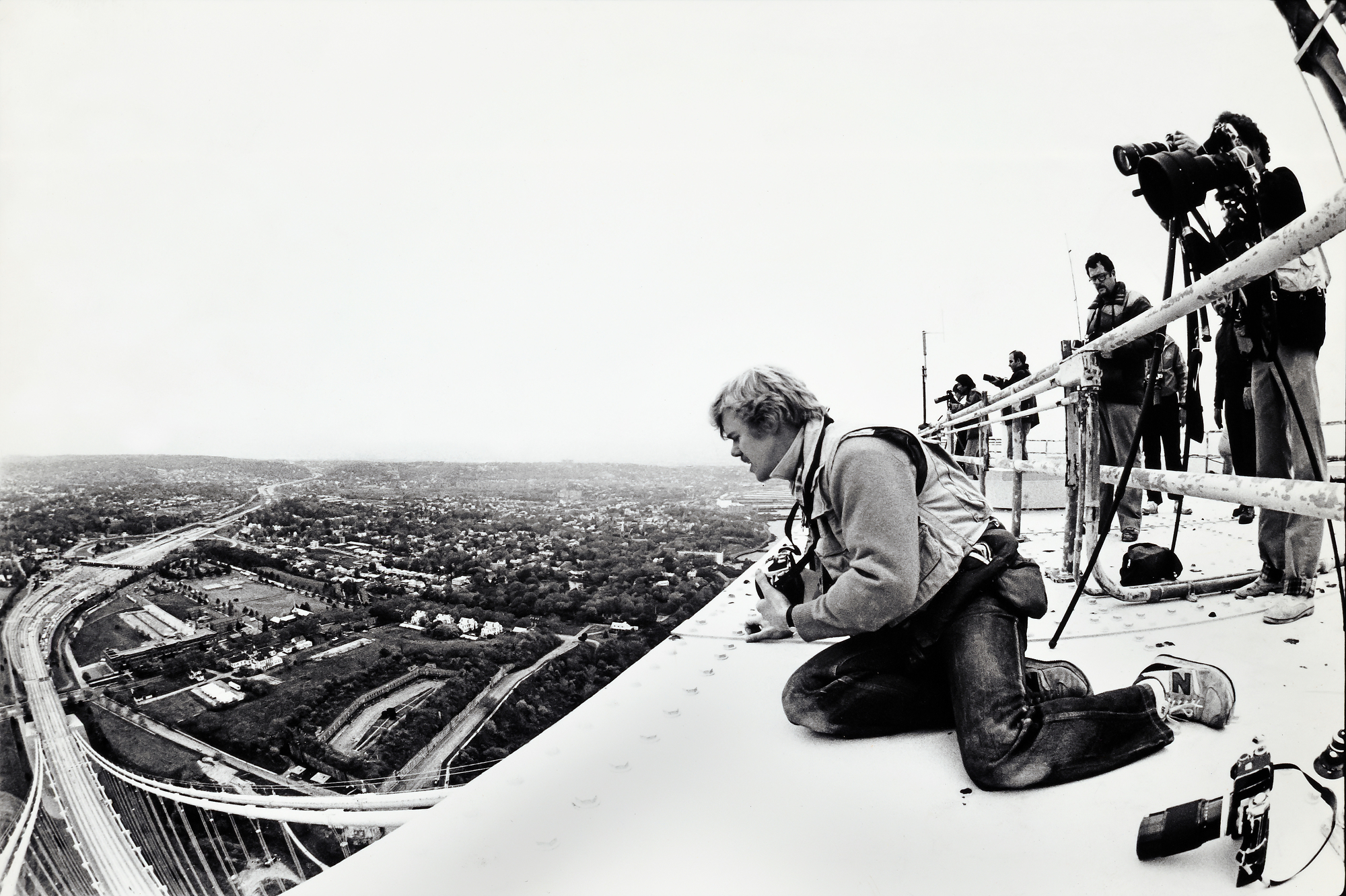
I’ve been writing this book for the last two years, and I’ve been thinking about it for the last five and living it for the last forty.
The life of a photographer is largely about climbing over the safety rail, and peering out, and over, and beyond. And we keep doing it, ill advisedly, despite the fact that there is often nothing there to see, or what is seen is disappointing, irrelevant, drab, and hardly worth the effort, much less the risk to ourselves.
But we keep doing it. Over and over, with no assurances of success, safety, or remuneration. Because there may be a picture there. Unlikely, but possible. And that tantalizing possibility is the endless fuel that animates the photographic spirit, and makes you climb over the rail, even when logic says stay put.
The Irish poet laureate, Seamus Heaney, possessed of a deep eloquence and understanding of the human condition, may have unwittingly penned the best description of a photographic career. It is in fact carved on his gravestone in Northern Ireland.
“Walk on air against your better judgement.”
Love and light to all.
More tk….
The post The Real Deal: The Good, The Bad and the Beautiful of a Life Behind the Camera appeared first on Joe McNally Photography.






